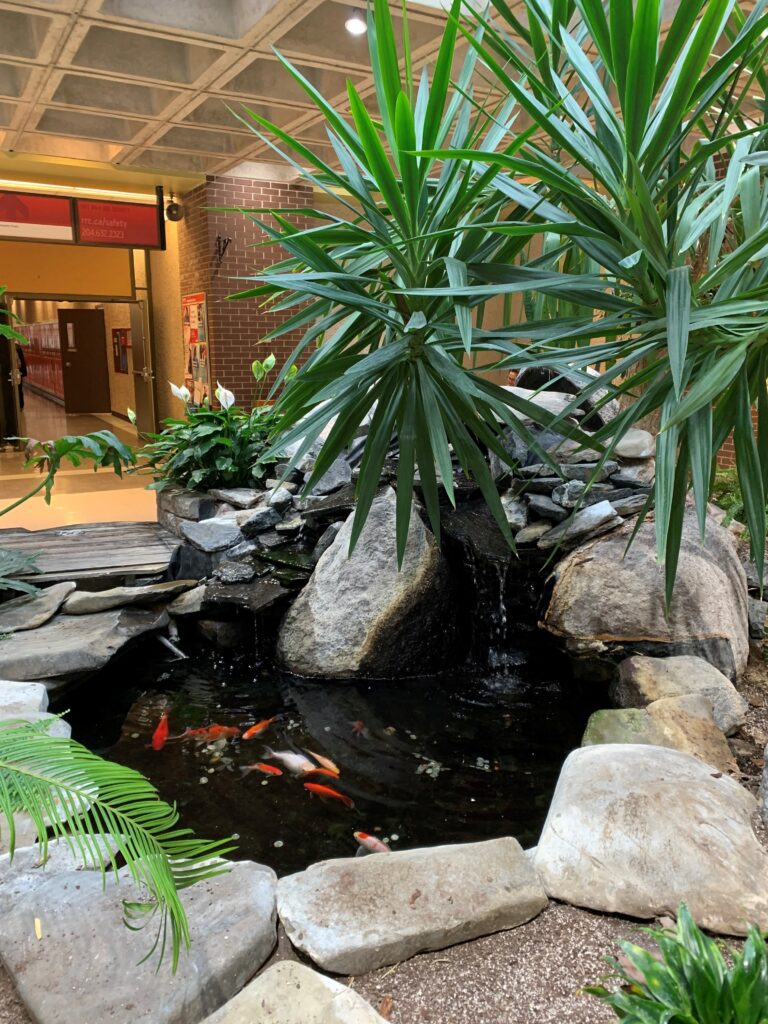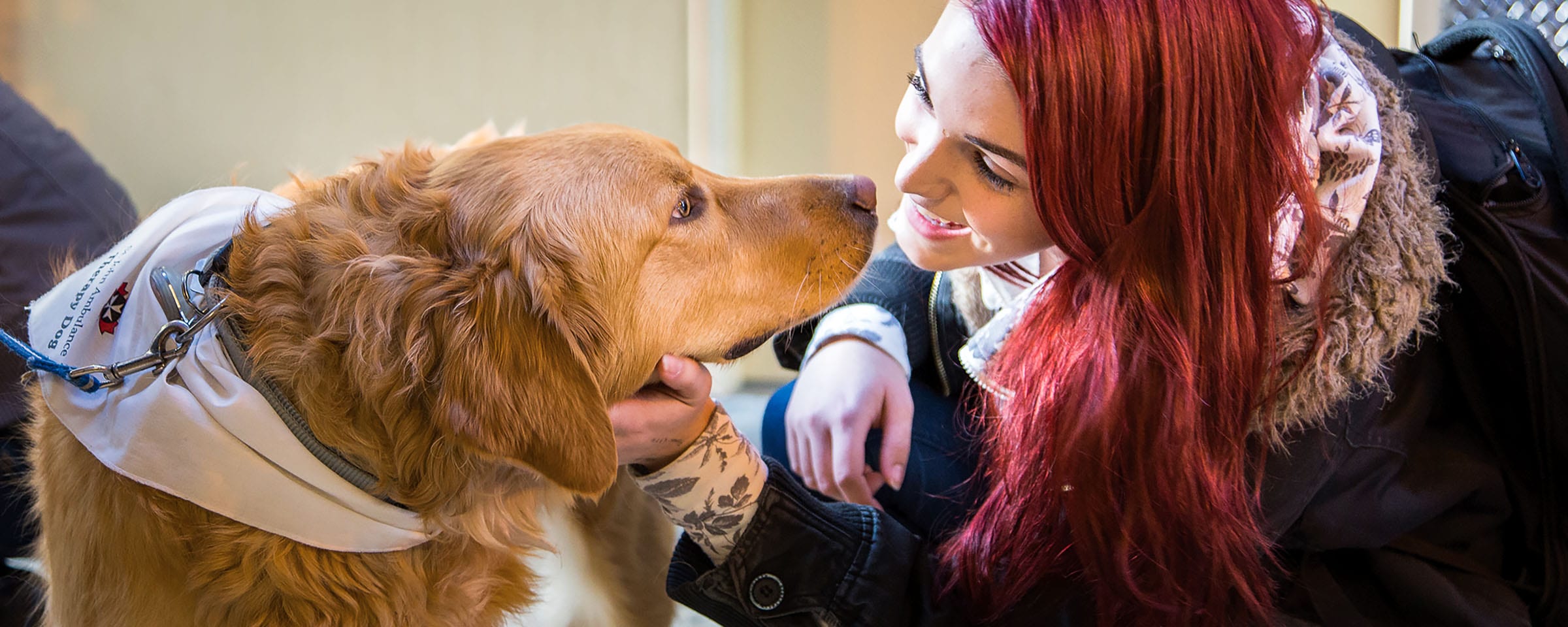Find Your Glimmers

During these Manitoba wintery months, darkness and cold temperatures seem to prevail as we move through a new academic term filled with projects and deadlines. Huddled in our puffy parkas at bus stops or under a pile of blankets at home, at times we may only notice a dark cloud of negativity and stress around us, while other times we see positivity and moments of joy.
What we notice and pay attention to affects our emotions and responses. Our brains and bodies constantly filter the information bombarding us in every moment, deciding whether something is dangerous or safe. Each person reacts differently and experiences the world uniquely.
Glimmers and Triggers
From a therapeutic perspective, this reaction to the world around us is known as either a trigger or a glimmer. From events, people, memories, media or situations, triggers can activate past trauma and our flight or fight mode, make us feel vulnerable or attacked, anxious, stressed or angry. On the flip side, glimmers cause feelings of safety, relaxation and calmness, spark wonderment and appreciation.
Mental Wellness and Glimmers

Paying attention to glimmers keeps us in the present moment and increases our mental wellness. Glimmers tend to reduce stress and promote peace, we feel motivated and inspired; in those states of mind, we can build resilience and open ourselves to learning, diversity and possibility.
Glimmers can differ from one person to the next. Something triggering to one, could be a glimmer to another. Glimmers come in all shapes and sizes, from a single smile from a stranger or the smell of popcorn, to a grand mountain vista or ladybug crawling on a leaf. We experience glimmers when our senses remain open and we keep checking inside to see if the sensations feel good.
At the Notre Dame Campus, we have a water fountain and pond filled with goldfish near the North Gym (see short video). This might grab someone’s attention and elicit a positive response – the sound of the water, the colourful fish swimming around, the vibrant green plants or the warmth of the sun beaming in.
Perhaps a painting class sparks a creative positive moment, or one of our yoga classes that tunes us into our bodies. Taking a walk around the Exchange District Campus to look at architecture might give someone joy.
By tuning in or stepping out, taking the time to discover our glimmers can lead to enhanced well-being.
A Glimmer List

Finding glimmers may not be easy. Some people benefit from setting an intention or plan to consciously practice finding glimmers. Start small. Keep the plan simple. Consider making a glimmer list.
We might already know of a few things that make us feel good or happy. We can go back to those activities to take a close look at how they feel in our bodies, minds and hearts. This leads us to find those sensations in new places. When we encourage ourselves to try a new class or skill, look up and around, take a deep breath or stop and listen to something, the chances of experiencing glimmers increases.
Referencing our glimmer list when we feel hurt, upset, weary, dark or low, let’s us know where to go and what to do to feel safe and calm again.
May we all find peace and comfort in our own unique ways while moving through the world around and within us. Visit Campus Well-Being’s upcoming programs and events to perhaps find some new glimmers – at paint or cooking night, yoga or zumba, visiting with the dogs and cats who come onsite!
